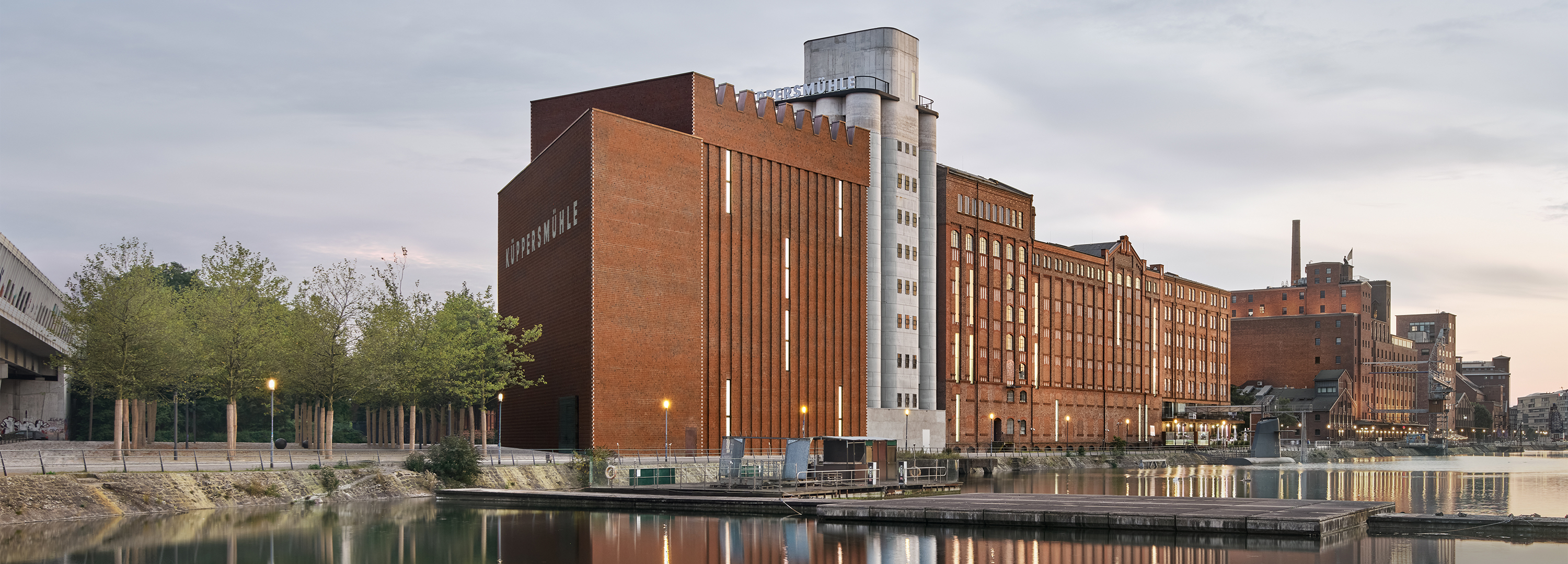Further Imagined: Extension to the MKM Museum in Küppersmühle by Herzog & de Meuron

Since its establishment in 1999, the MKM has been a collector’s museum operated by the Bonner Foundation for Art and Culture. in 2006, when further space was needed for the exhibition of the Ströher collection, the Basel firm was directly commissioned to plan a larger-than-life, translucent museum box that would have been in keeping with the historical silos. However, this landmark in the style of the Elbphilharmonie was never built. In 2011, the project failed due to the unsatisfactory execution of the steel construction and financial difficulties on the part of the city’s housing authority.
Nevertheless, Sylvia and Ulrich Ströher wanted the space for their 2,000-piece collection of post-war German art. Therefore, they established the MKM Foundation, bought the property and again met with Herzog & de Meuron in order to create something that would focus on the art and develop its standpoint from it. The extension has opened after a four-year building phase and now acts as a link continuing the row of similar, yet different industrial monuments in terms of proportion and appearance while also forming its head.
Due to the distance of 40 m that must be maintained to the A59 rushing past, the facing wall features an oblique cut. Behind this, two rectangular four-storey buildings, one smaller and the other larger, are home to the exhibition spaces: the sloping interstitial spaces are devoted to secondary functions. The texture of the brick shell changes − for conceptual rather than decorative reasons − to reveal what is closed off. Nothing is alien in this expansion. What was already there has its place; what is new has a clear purpose. There are only a few vertical window slits, for the interior seeks no connection to the outdoors.
The 35 new exhibition spaces, altogether 2,500 m2, are classic white cubes that exist purely to serve art. The size of the divisible halls varies: one highlight is the large sky-lit hall. The architecture makes no attempt to compete with the art; the separation is clean. The new stairway offers particular spatial experiences. Like its equivalent in the old building, it organically winds its way upwards in a warm brick red. The silo block is also something special: six of the 20 original steel cylinders have been removed, and two have been cut open and made into passageways featuring pedways between the old and new portions of the complex. These can be space for art, yet they are sufficient unto themselves. The museum expansion has also given the location a small park with sculptures set among the 35 plane trees. A viewing platform on the silos will soon follow.

